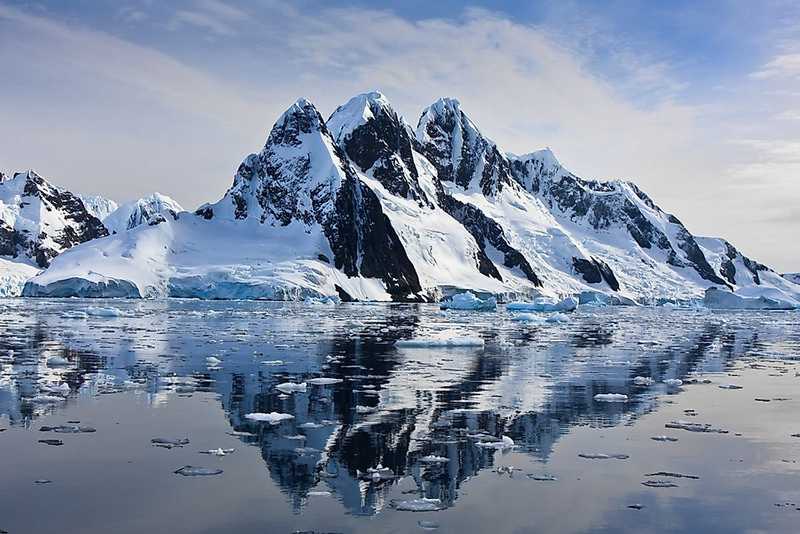Arctic Climate
2/1/2020- Tracking
Arctic Climate
Arctic Climate
Despite containing copious amounts of water, the Arctic is considered to be the world's second-largest polar desert. This is thanks to its largely tundra climate and the fact that most areas receive only 6 to 10 inches (15 to 25 centimeters) of precipitation, on average, each year.
Average air temperatures above the Arctic Circle are around minus 30 degrees Fahrenheit (minus 34 degrees Celsius) in winter. Arctic air often spreads southward in winter to regions well outside of the Arctic Circle. One of the most infamous examples of this is the polar vortex, which is responsible for record cold outbreaks in the United States.
The Arctic is warming at a rate of almost twice the global average.
Without urgent action to cut greenhouse gas emissions, the world will continue to feel the effects of a warming Arctic: rising sea levels, changes in climate and precipitation patterns, increasing severe weather events, and loss of fish stocks, birds and marine mammals.
Summer sea ice is disappearing
Sea ice is critical to Arctic marine life - and it's projected to nearly disappear in the summer within a generation. The average temperature of the Arctic has increased 2.3°C since the 1970s.
Shrinking sea ice is a big problem for Arctic wildlife
Ice dependent species such as narwhals, polar bears, and walruses are at increasing risk with shrinking sea ice cover. By 2100, polar bears could face starvation and reproductive failure even in far northern Canada.
Ice melt is a feedback loop
Shiny ice and snow reflect a high proportion of the sun's energy into space. As the Arctic loses snow and ice, bare rock and water absorb more and more of the sun’s energy, making it even warmer. This is called the albedo effect.
Loss of sea ice is forcing walruses into danger
Around 35,000 walruses came ashore on the Alaska coast in September 2014. It’s the largest ‘haul out’ ever recorded. US government agencies estimated that 60 young walruses were crushed in the crowd.
It's harder for caribou and reindeer to find food
More woody plants, more precipitation, and warmer temperatures compromise the survival of grazing animals such as reindeer and muskoxen. Warmer winter temperatures have also increased the layers of ice in snow, making food more difficult to dig up in winter.
Fish are moving as seas warm.
Fish stocks in the Barents Sea are moving north at up to 160 kilometres per decade as a result of climate change.
The fish are sensitive to changes in water temperature. This poses a risk for commercial and subsistence fisheries that may see fish resources move away from where they can harvest them. The moving fish also change the ecosystems into which they move.
Opportunistic species are moving in
Southern species can pose a risk to existing Arctic species and systems. On the tundra, rising temperatures have brought a new competitor - the Arctic fox’s much larger cousin, the red fox. Not only does the newcomer colonise their dens, it can also kill the smaller Arctic foxes.
In the ocean, both scientists and Inuit say killer whales appear to be increasing in numbers, and in the length of time they stay in the Arctic. Killer whales prey on narwhals and bowhead whales.
Shipping is increasing
Melting ice is opening up previously inaccessible routes. With increased shipping comes spill risk (both fuel and cargo), “black carbon” emissions that help to speed the rate of Arctic melting, ship noise that may also affect whales, and icebreaking that can disrupt ice crossing routes for people and animals.
In 2013, a large bulk carrier transited the Northwest Passage for the first time. In 2018, the first cargo ship transited the Arctic north of Russia.
Oil drilling is moving north
There is no proven effective method to clean up oil spills in ice covered waters. Reduced ice cover is making offshore oil production in the Arctic more commercially viable. In 2014, the first commercial development of offshore oil (Prirazlomnoye) was pumped from Russian Arctic waters.
